And to think some people call this ‘the international break’.
There is certainly no break for Jurgen Klopp, who must be wondering whether he ran over a black cat or 10 at the start of this season.
Lucky Liverpool? Yeah right.
The news from St George’s Park was grim. Another defender, another injury.
Another bad one, by the sounds of it.
Next Match
Poor Joe Gomez. If any player deserves a bit of luck then it’s him, but the noises out of the England camp are far from positive after the 23-year-old suffered a knee injury during a training session on Wednesday morning.
Gomez, manager Gareth Southgate confirmed, had collapsed in agony with no other player near him. “I didn’t like that element of it,” the England boss admitted, though he understandably refused to speculate on the exact nature of the injury. “We must wait for the scans,” he added.
Gomez, meanwhile, has returned to Merseyside, where he will be looked after by Liverpool’s medical team.
For Klopp, it is yet another headache, though he has become accustomed to those during a wretched past few weeks.
Since the start of the campaign, Klopp has lost Virgil van Dijk to a season-ending knee injury, has seen Fabinho, the emergency replacement at centre-half, go down with a hamstring problem and been without Joel Matip for five of the Reds’ eight league matches due to muscle issues.
Alex Oxlade-Chamberlain, meanwhile, has not been seen since the pre-season training camp in Austria due to a knee problem, with no timeframe on the midfielder’s return at this stage.
Klopp has seen two of his new signings, Thiago Alcantara and Kostas Tsimikas, test positive for coronavirus and then pick up injuries. Sadio Mane, Naby Keita and Xherdan Shaqiri have had brushes with Covid-19 too, while Alisson Becker missed games, including the 7-2 shelling at Aston Villa, after a freak collision with a team-mate in training.
On Sunday he lost Trent Alexander-Arnold to a calf pull which will keep the full-back out for up to four weeks, and three days later he learns that Gomez, his most-used centre-back this season, will be joining him on the treatment table.
That is three of his first-choice back four sidelined, and perhaps six of his strongest XI.
And it is only November.
 Getty/Goal
Getty/Goal
That Liverpool are where they are – a point off the top of the Premier League table and cruising in their Champions League group – is testament to the mentality, and the squad, that Klopp has built at Anfield.
The Reds have become masters at dealing with adversity, at taking setbacks in their stride and emerging out the other side. The manner in which players - Rhys Williams, for example, or Nat Phillips – can step in and step up, speaks volumes.
Those two look like they will be needed again in the coming weeks. Liverpool, like every club, face a congested November and a devilish December.
They will play 12 games between November 21 and January 2, taking on the likes of Leicester City and Tottenham, the current top two, as well as Ajax, Atalanta, Wolves and Southampton, among others.
Klopp, then, will have to juggle like never before. He must rest and rotate, chop and change. He must trust and cajole, give chances to younger players and fringe players. He will probably have to get creative, at centre-back certainly, but in midfield and at full-back too.
There may be system tweaks – we saw one at Manchester City last weekend – and surprise selections. Liverpool cannot afford to cross their fingers and hope for the best. Not this season.
 Getty
Getty
And when January comes, surely the champions must be active in the transfer market. A new centre-back is needed, whether Gomez is fit or not.
Liverpool, make no mistake, took a risk heading into this campaign. They gambled that they could get by with only three specialist, senior centre-backs.
They allowed Dejan Lovren to leave for Zenit St. Petersburg and never replaced him. Fabinho, they reckoned, could cover in the event of a crisis. Failing that, they would turn to a youngster.
And yes, they like what they see from Williams and Billy Koumetio, but asking a 19 or a 17-year-old to do a man’s job at centre-back, at the top level, is unfair and unrealistic.
Koumetio is yet to settle at Under-23 level, let alone senior. Williams has done well when called upon, but he was playing in the sixth tier of English football as recently as March. The jump is huge.
Phillips is a solid character and performed admirably against West Ham recently, but Liverpool were ready to sell him a month ago, and his suitors were clubs in the Championship.
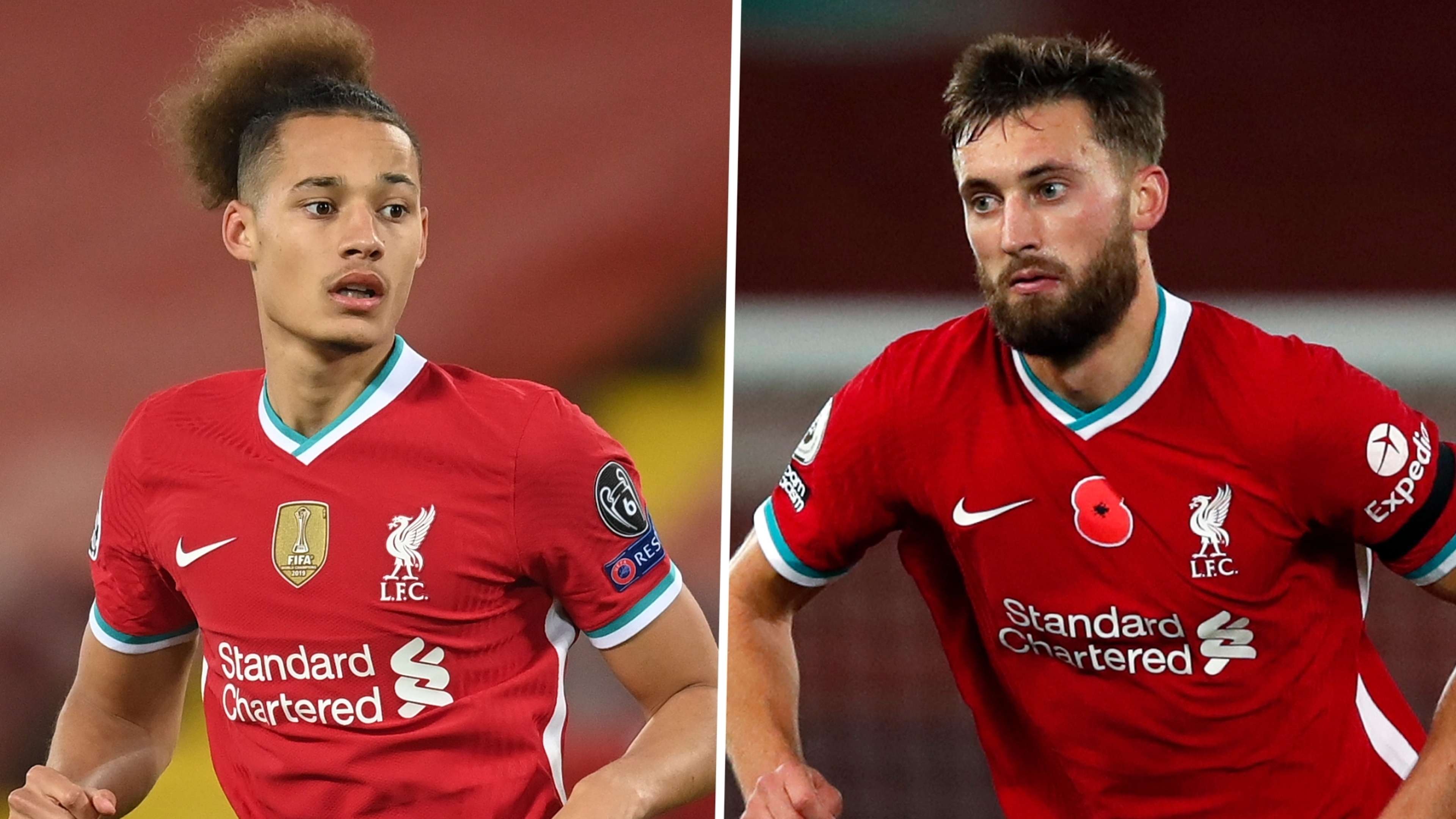 Getty/Goal
Getty/Goal
Sepp van den Berg, signed with top-flight experience in the Netherlands a year ago, looks some way off a first-team place at the moment, and the Reds sold their other promising Dutch youth defender, Ki-Jana Hoever, to Wolves in September.
We have seen how hard it is to find real, top-class centre-backs. It is not a position where obvious solutions jump out – just ask Manchester United.
But a solution is what Liverpool must find, one way or the other. Van Dijk is out for the long term, and even then could take time to return to top form. Gomez is out, Fabinho too, and Matip’s track record suggests he will miss games sooner rather than later as well.
Klopp has always insisted that the club will not buy players just because people want them to, or because fans and pundits think they should. “That would make no sense,” he said in the summer, pointing out that the club have been pretty successful doing things their way in recent years.
He is right, of course, but sometimes events force you to re-evaluate. Sometimes plans must be reconstructed or brought forward. That’s football.
Liverpool probably needed a new centre-back next summer in any case. Now, they must get him in January if they can.
It could well be the difference between success and failure this season.
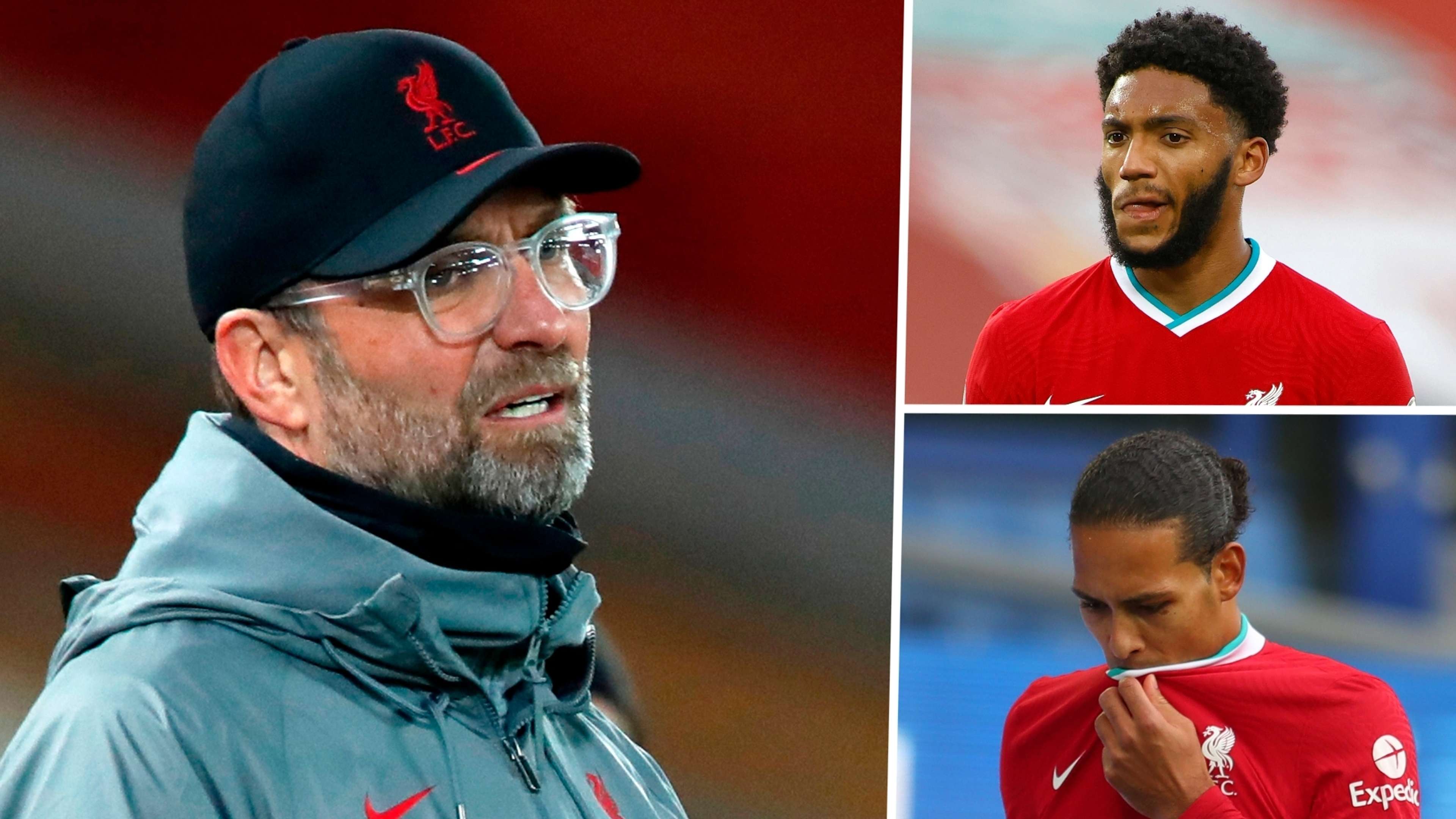


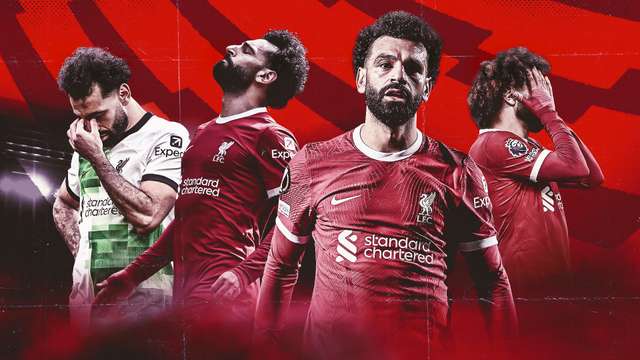

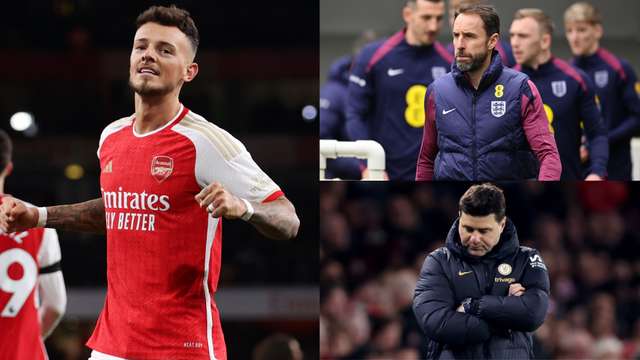
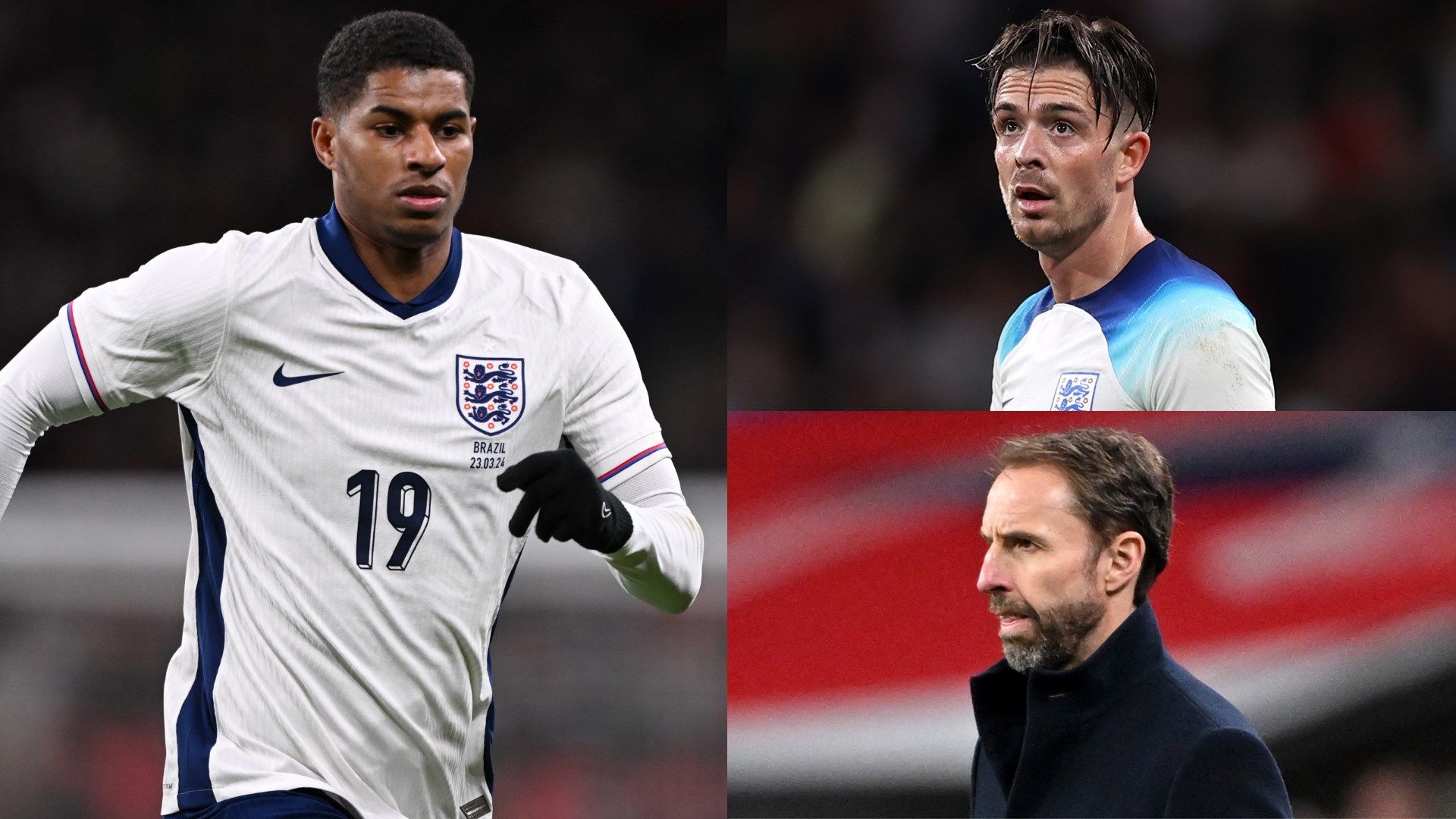.jpg?auto=webp&format=pjpg&width=640&quality=60)